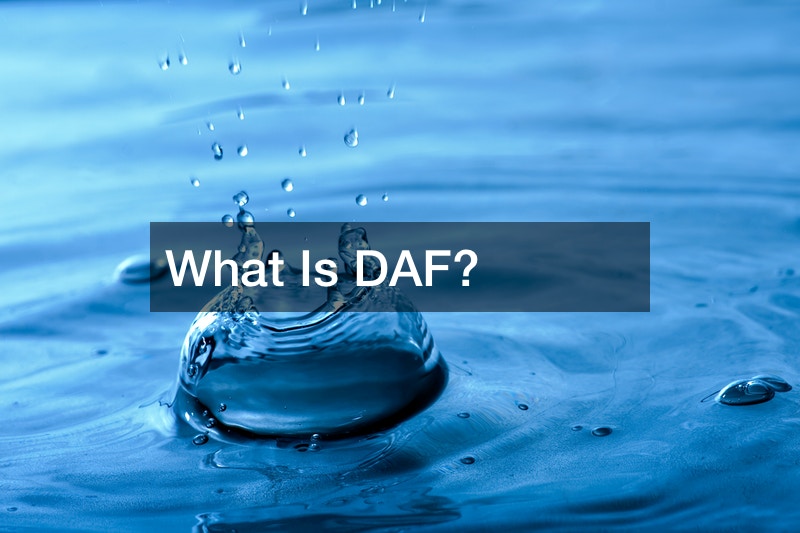
If you need to treat wastewater to say remove grease, suspended solids, oils, and other substances, Dissolved Air Flotation, or DAF for short, is perhaps your best option. With DAF, it’s possible to remove many hard-to-treat substances.
Removing total suspended solids (TSS), biochemical oxygen demand (BOD), and oils and greases (OandG) can be a major headache when it comes to wastewater. At the same time, if these substances are not removed from the waste stream, they could pose a serious threat to wastewater infrastructure.
With dissolved air flotation, small microbubbles are used to separate solids from liquid.
This may include algae, oil, or other materials. Once this occurs, the solids and microbubbles will typically be less dense than the water itself. The particles will float to the top and can then be easily removed.
In order to accomplish this, the bubbles must typically be very small, measuring perhaps just 30 to 50 microns in diameter. They must also be quickly released into the water. This helps ensure that they attach to the solids.
Dissolved air flotation optimization is tricky and often requires an expert hand to get it right. Properly optimized, DAF can clarify and clean water efficiently.

